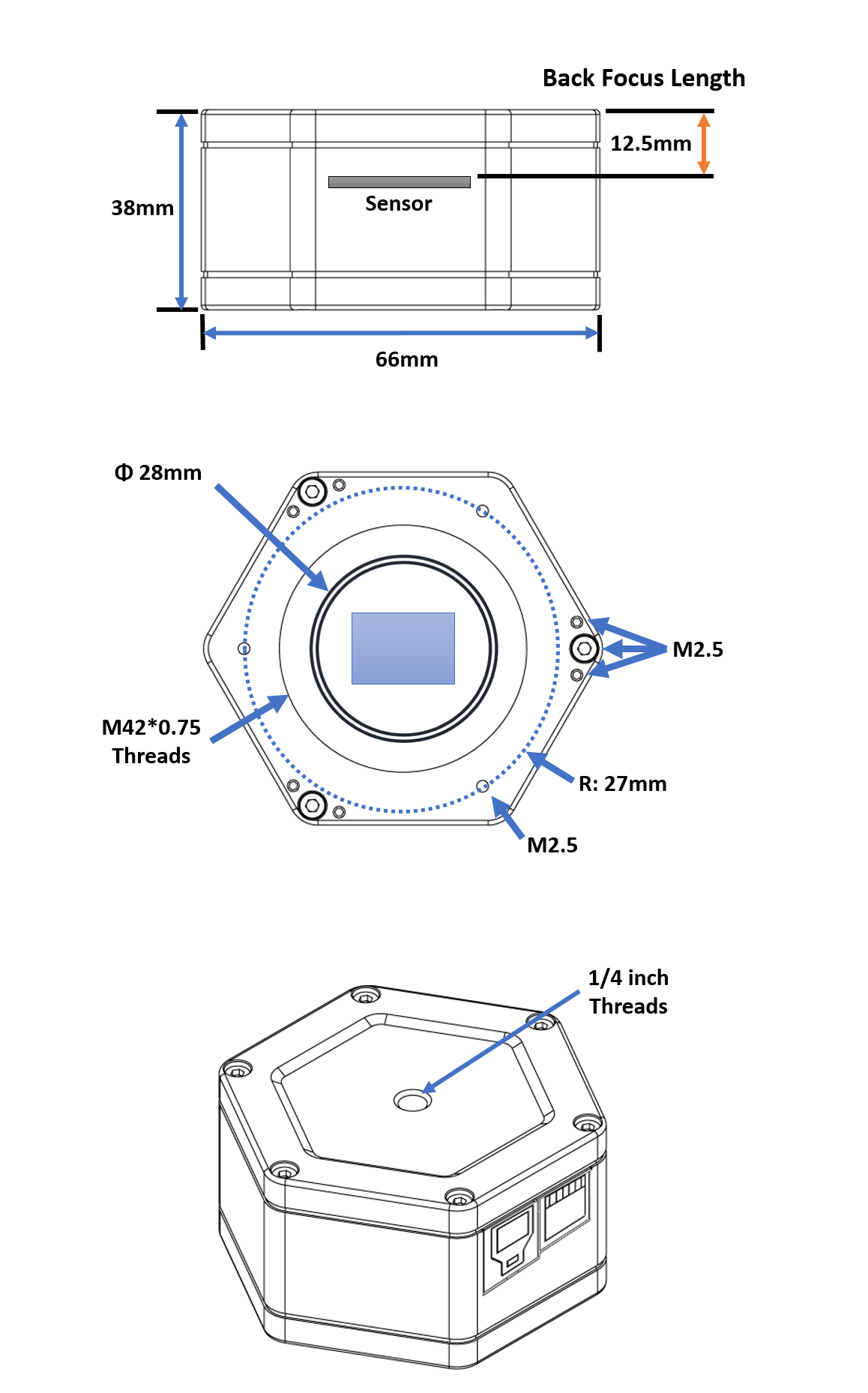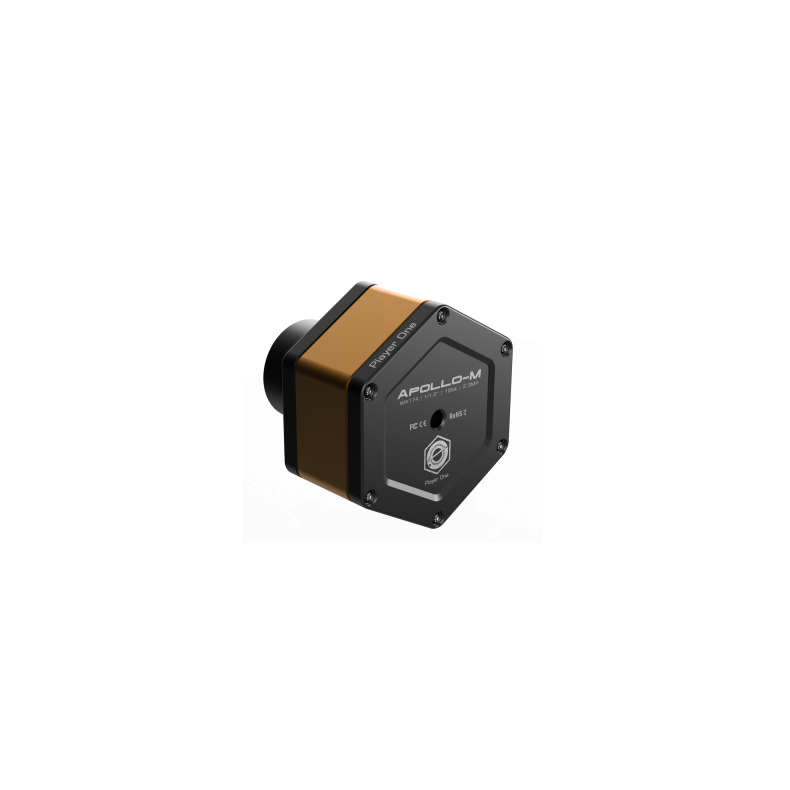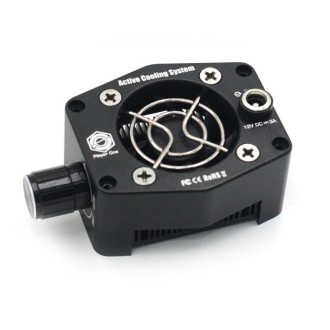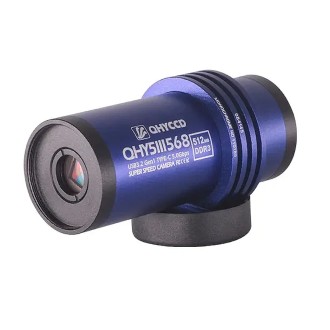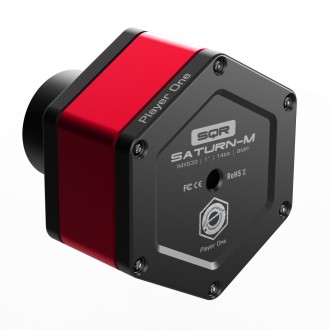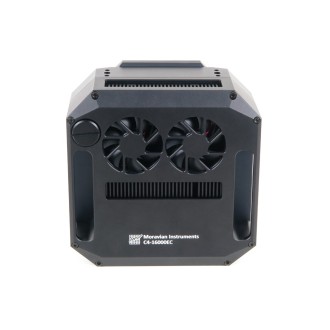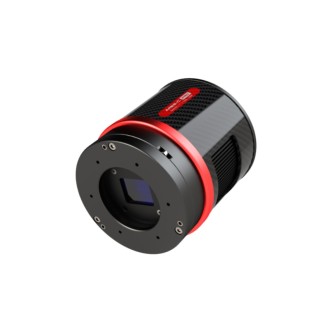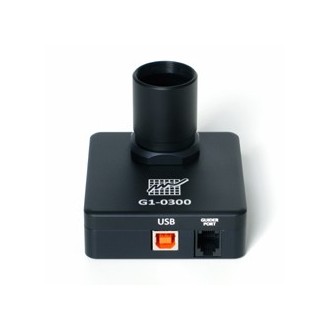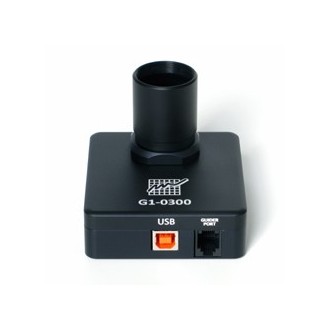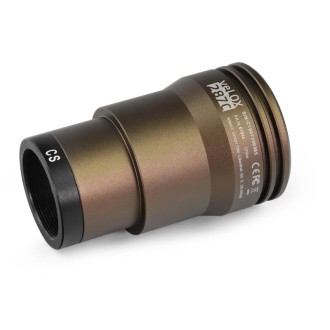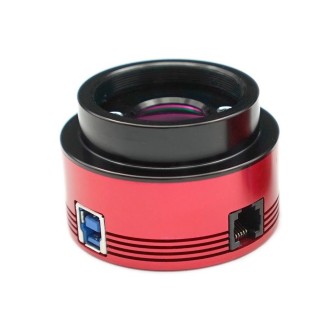Player One Apollo-C USB 3.0 Camera (IMX174) Color
Solar imaging in the spotlight.The Apollo series is the world's first line of cameras designed specifically for solar photography and bears the Apollo name.
| Carrier | Description | Estimated Delivery | ||
|---|---|---|---|---|
 |
Home delivery - International | Home delivery - International |
Thursday, 8 May - Thursday, 15 May |
|

Home delivery - International
Home delivery - International
Estimated delivery:
Thursday, 8 May - Thursday, 15 May
The Apollo series incorporates Sony global shutter sensors and focuses on monochrome sensors.
* Warning: The solar camera requires power rejection and light reduction, such as Baader film or Herschel wedge. Please DO NOT use it to directly image the Sun.
Product Description
Apollo-C is a solar camera developed by Player One Astronomy, which adopts 1/1.2" format Sony IMX174 color sensor. The pixel size of 5.86um accommodates a 32Ke well depth with a total of 2.3MP (resolution is 1944*1216), and the diagonal is 13.3mm.
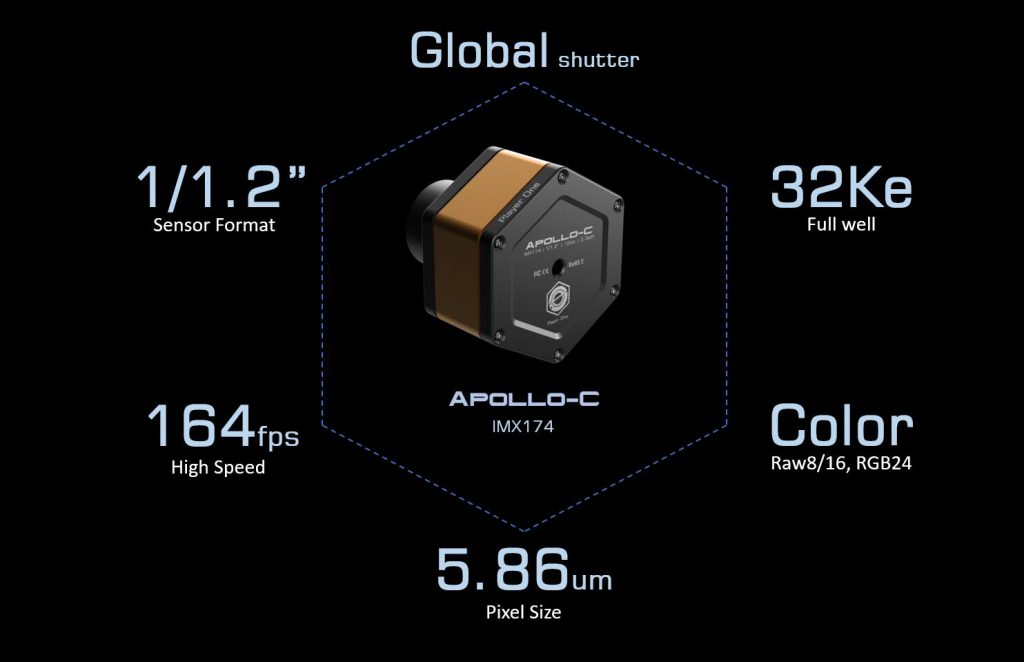
Pregius Technology
Apollo-C (IMX174) and Apollo-M (IMX174) based on Pregius 1st Gen, were a major leap in CMOS sensor development.
Format
Apollo-C (IMX174) has a 1/1.2″ format, this size is between Apollo-M MAX (IMX432) and Apollo-M MINI (IMX429).
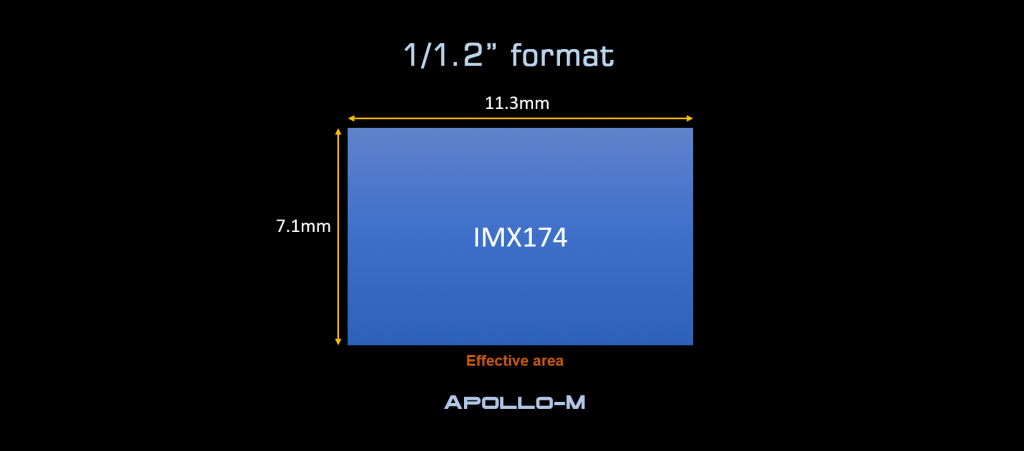
Recommended accessories:
ACS (active cooling system)
ACS is an external air cooling system designed for large format solar and planetary chambers that already have PCS (Passive Cooling System). ACS can provide much better temperature control, when the chamber has PCS + ACS, the temperature is only 7 ℃ higher than ambient, the chamber body is a little warm, but not hot! ACS can not only be used in daylight for solar images, but also at night for lucky DSO images.
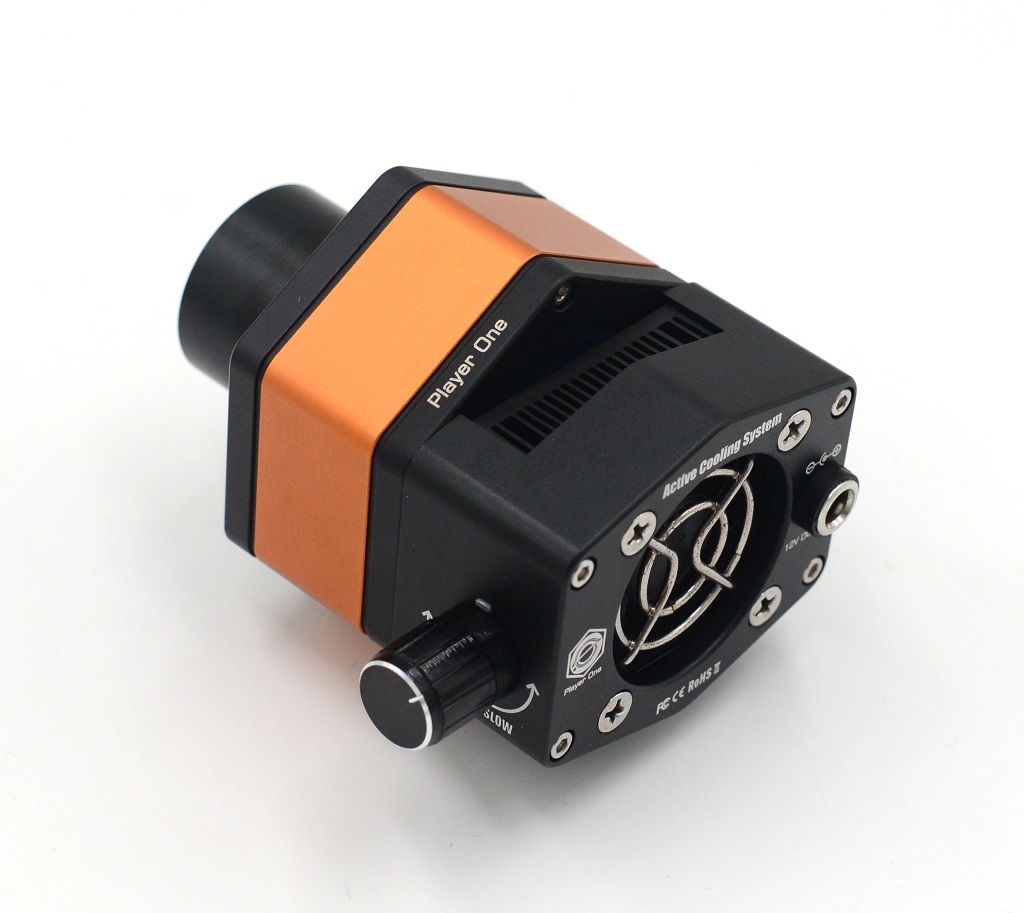
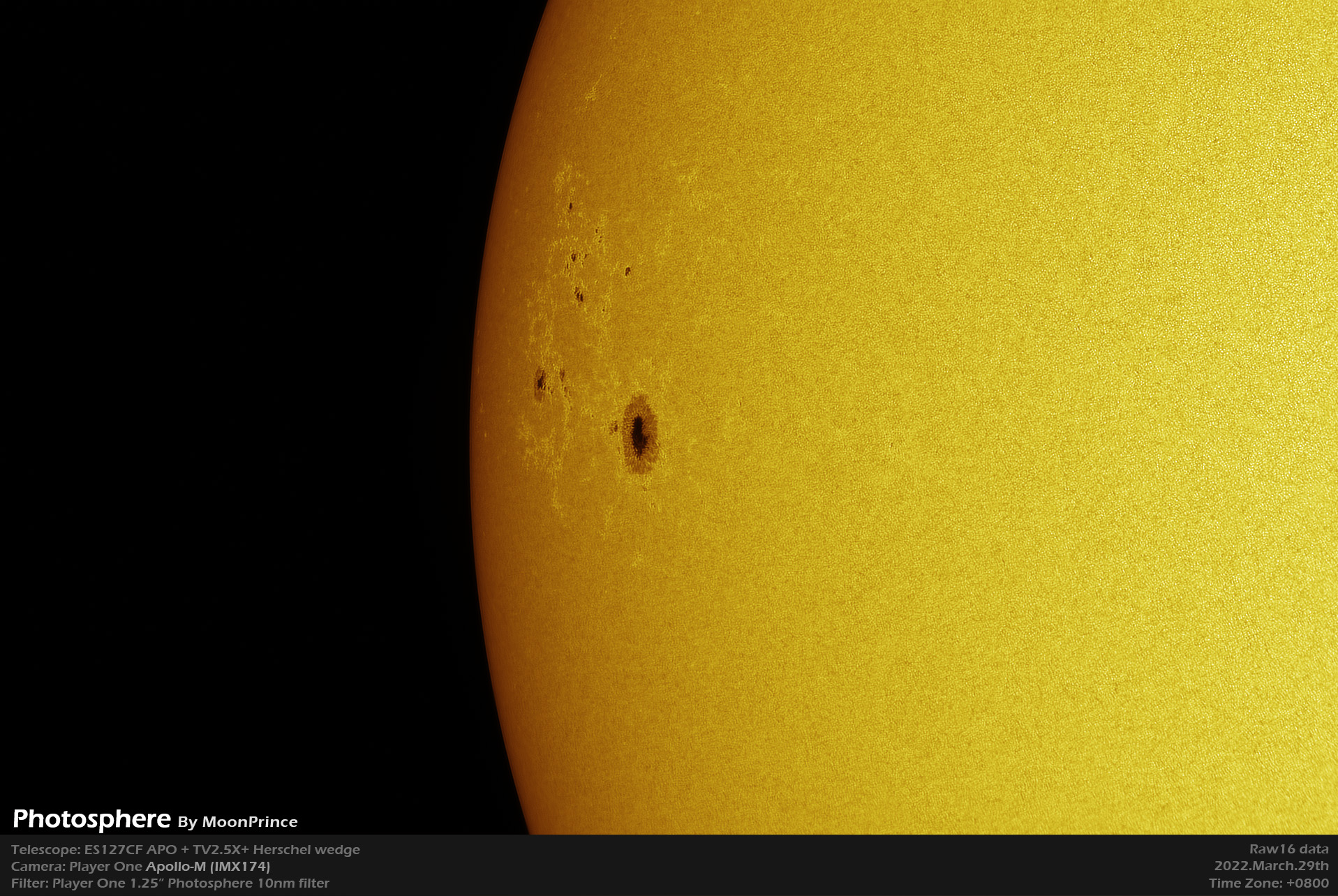


Features:
The name of the cameras from Player One Astronomy is unique. The solar camera line is named after Apollo, the sun god. The suffix of the name describes the most important feature of the camera.
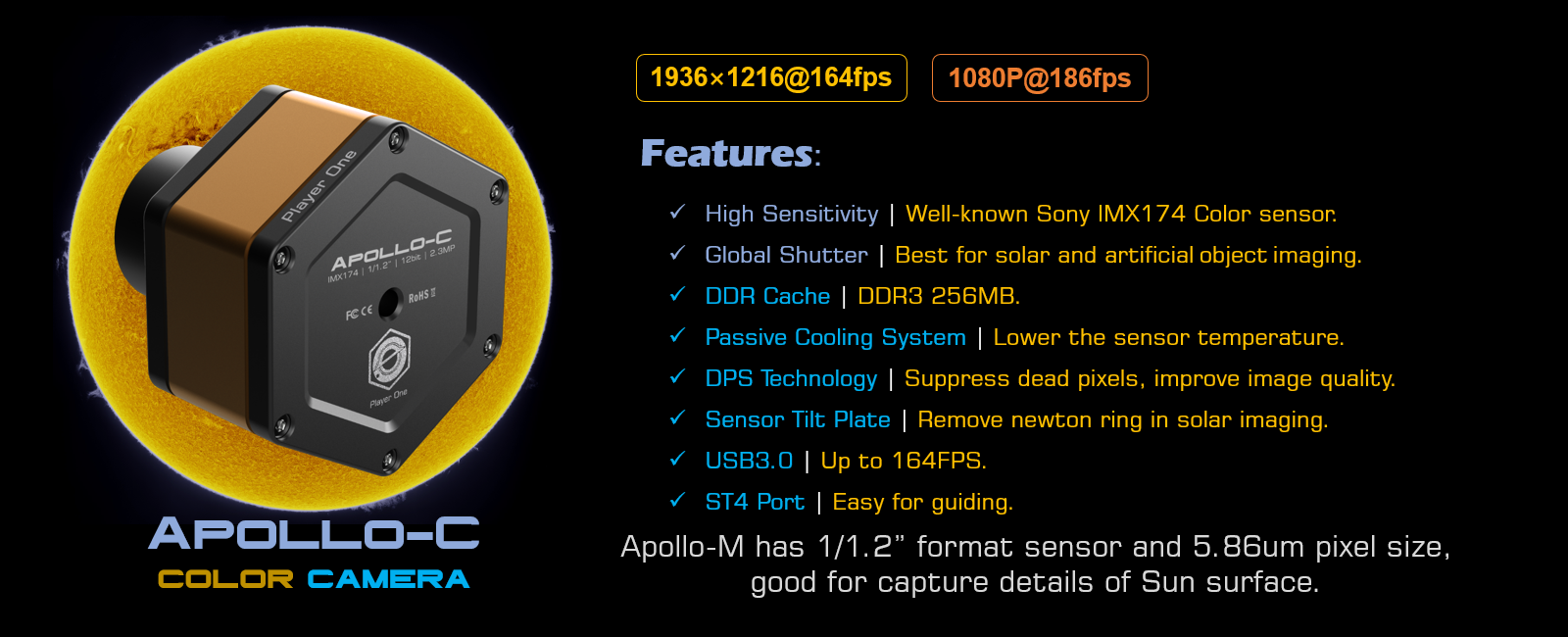
Download drivers and software: https://player-one-astronomy.com/service/software/
Download manuals: https://player-one-astronomy.com/service/manuals/
State-of-the-art design
Planetary cameras developed by Player One Astronomy use a scientific and technological regular hexagon to construct the main body line, complemented by round chamfers for both rigidity and flexibility. The positive orange, which is implicitly solar, is combined with the discreet and stable black, and the superfine glazing process on the entire surface makes the camera look luxurious and cool, highlighting the style of high-end players.
2nd Gen - Sensor tilt plate
When taking solar photography with telescope prominence, the Newton's ring is annoying. A smoother solar image could be taken without Newton ring by adjusting the focal plate. Get a much smaller telescope field curvature.
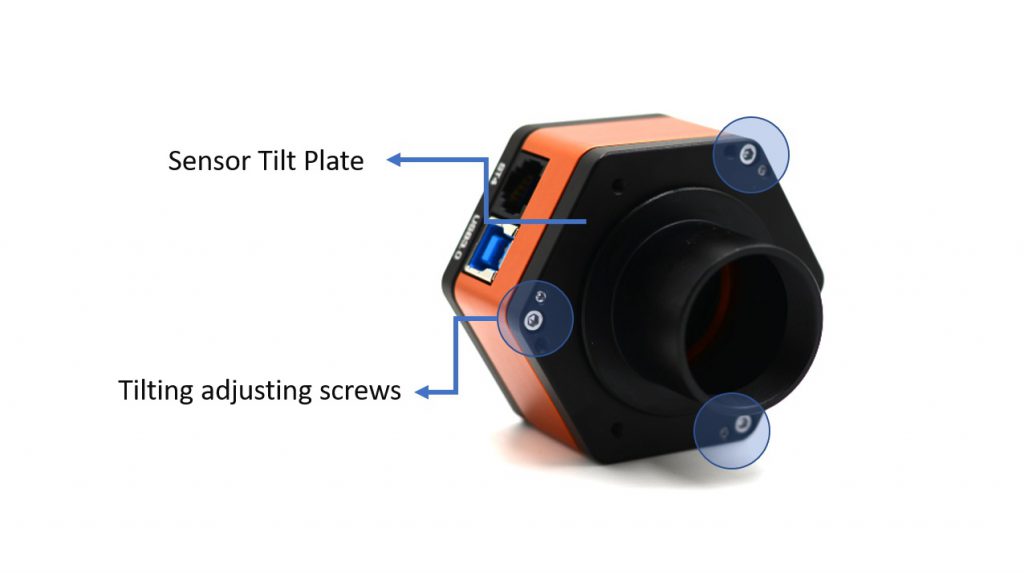
Built-in high density sponge shading pad can block the light from side slits without any side leakage.
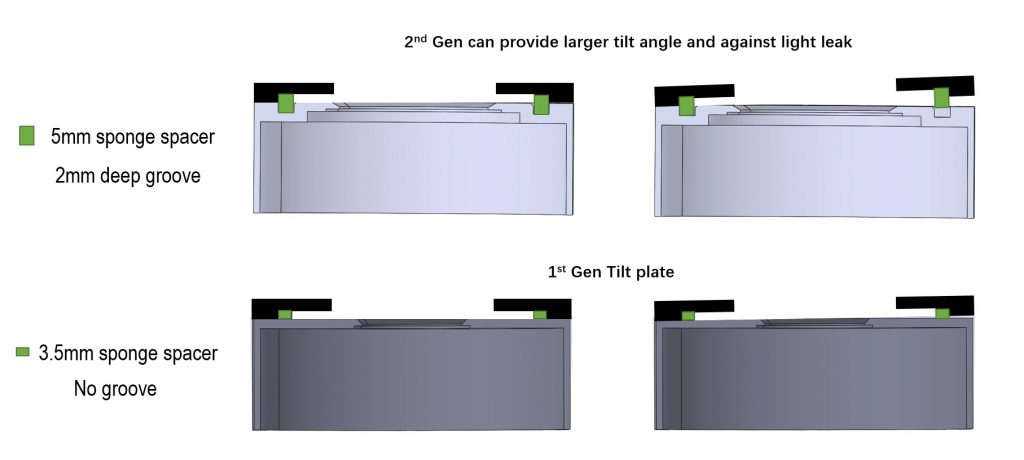

Passive cooling system
Solar cameras work in daylight, the temperature can be much higher than at night. Heat from global shutter sensors will be a problem, especially some large format ones like IMX432. Player One adds a new feature called Passive Cooling System to conduct heat from the sensor to the outside.
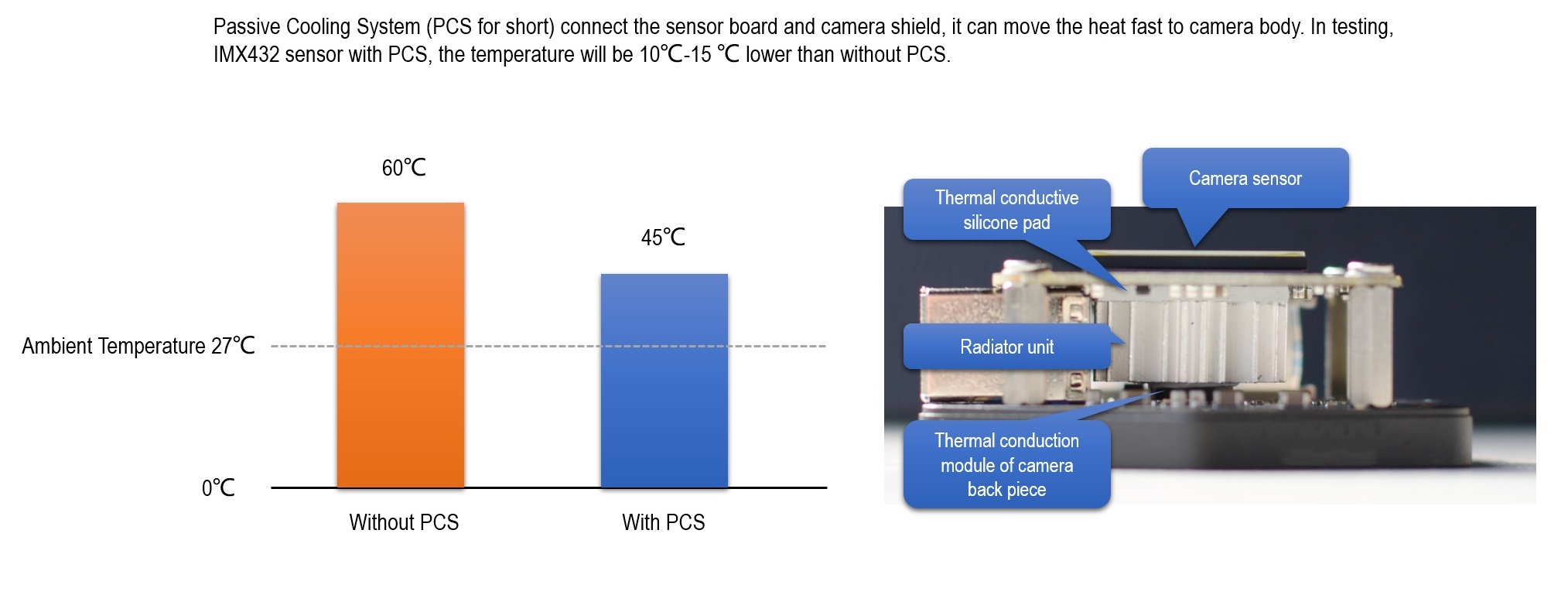
256M DDR3 Cache
Player One astronomy cameras are the first to incorporate DDR3 cache in all planetary cameras worldwide. It helps stabilize and secure data transmission, effectively prevents dropped frames and greatly reduces read noise.
With DDR3 cache, the camera no longer has high demands on computing needs, it will still have excellent performance even if it is connected to a USB 2.0 port.
DPS technology
The planetary cameras from Player One Astronomy have DPS (Dead Pixel Suppression) technology. The DPS is anaylse many dark frames to find thoes fixed abnormal pixel and record the map in the camera memory. In image capture, in each exposure frame, the dead pixel position is given an average value depending on the active pixels around that abnormal pixel.
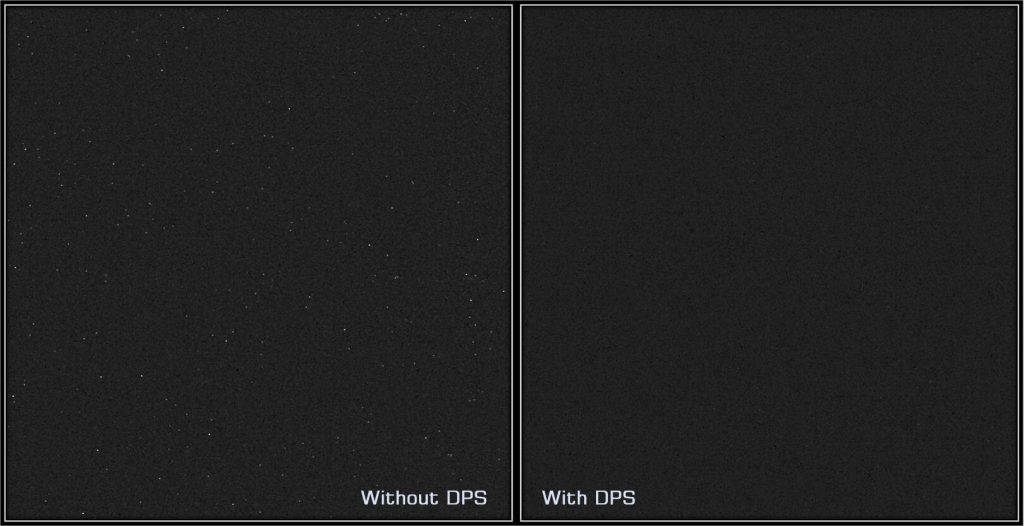
Over-voltage and over-current protection mechanism
Player One cameras produced by Number One ensure the safety of your camera and other equipment through overvoltage and overcurrent protection mechanisms.
Data port
When the camera is connected to the USB3.0 interface and full resolution preview is used, it can reach 164 FPS in RAW8 mode (10bit ADC). When recording images, since the actual writing speed will be affected by the writing speed of the hard disk itself, when the writing speed of the hard disk is slow, the recording may not reach the theoretical speed. It is recommended to use a high quality solid state drive to record data in order to take full advantage of the camera's performance.
Use the ST4 guide cable to connect the camera and the AUTO GUIDE port of the equatorial mount for guiding.
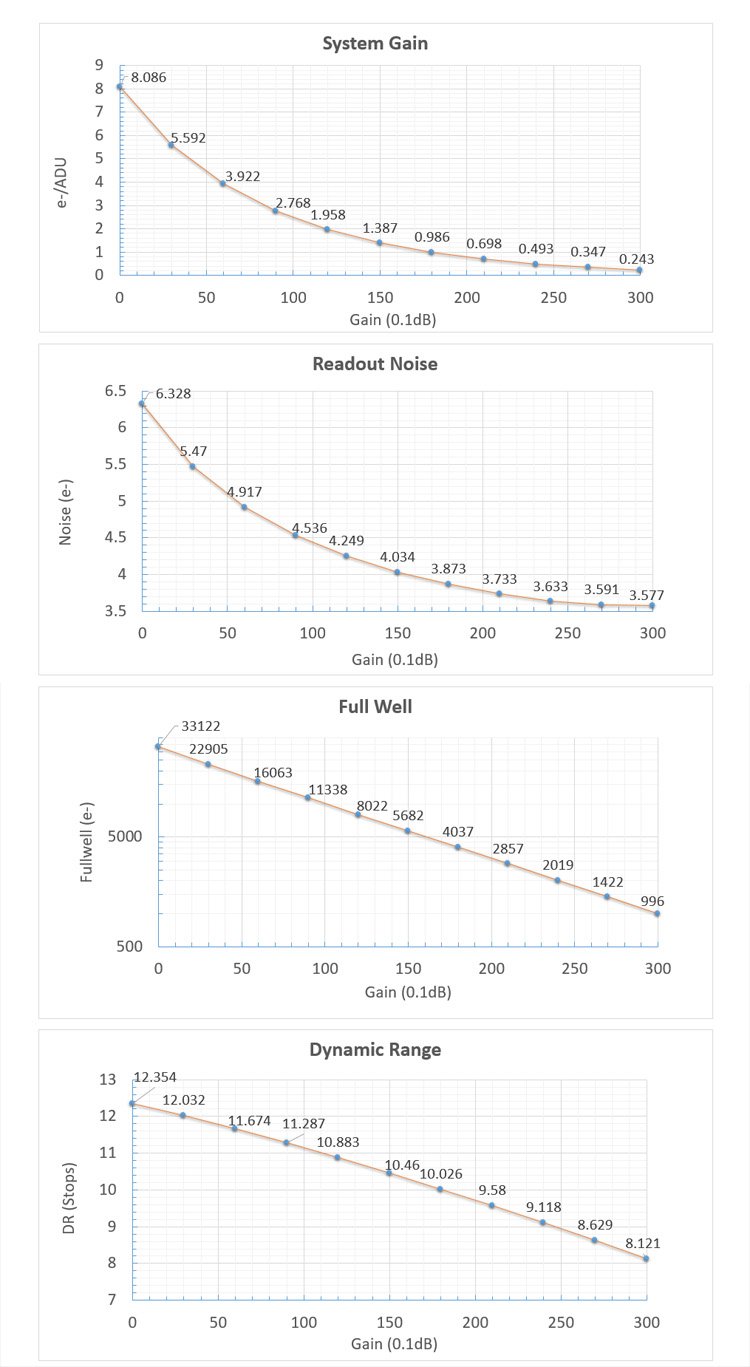
Read noise
As for read noise, we solemnly promise that all values are obtained from real tests. And for users, you can use Sharpcap 4 for testing. SC4 has a feature called Sensor Analysis, which provides a very simple way to test read noise.
We have written a tutorial on our website: https://player-one-astronomy.com/service/manuals/
If you are interested in testing read noise, you can try it yourself, which is very simple.
QE curve

